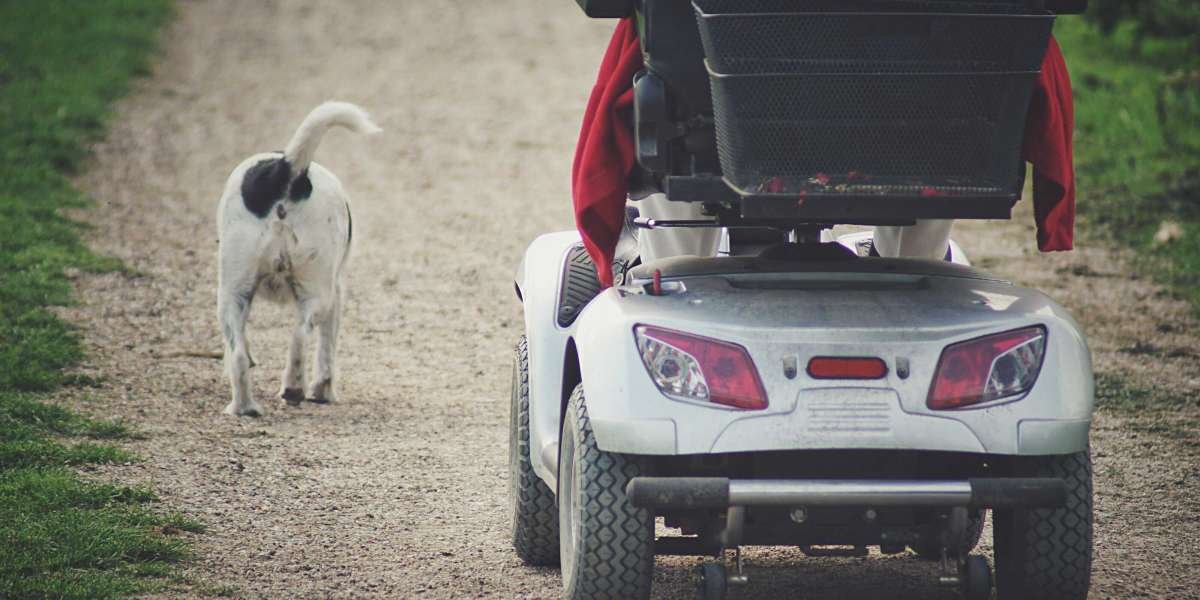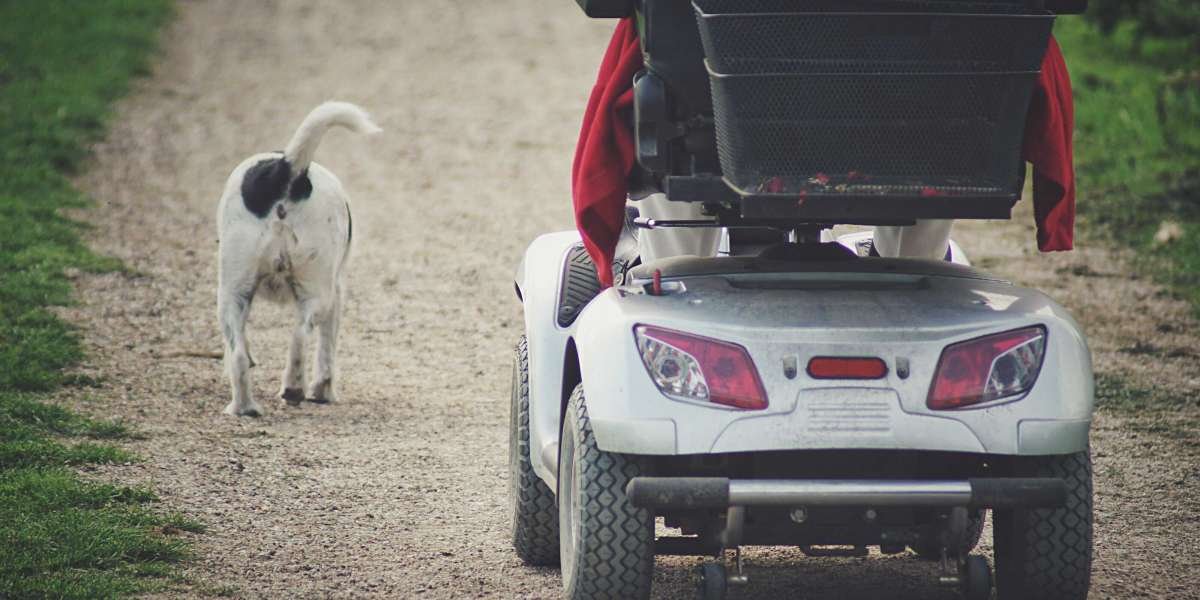Mobility Scooters - Getting Around With Ease
mobility scooters uk scooters are a great method of traveling. It makes it much easier to go to the shop or visit friends. You can also gain independence and stop relying on family or ride-services.
In the UK there are a variety of ways to purchase or lease mobility scooters. These include major high street sellers as well as specialist retailers and online service providers.
Class 2
Class 2 mobility scooters are designed for indoor and pavement use, with speeds up to 4mph. These scooters are not allowed to be used on roads, but they can be driven over zebra or pedestrian crossings. You should not cross the path of pedestrians, or those pushing prams and pushchairs. There is no licence required to drive a Class 2 scooter. However you must have excellent vision and be capable of reading a car registration plate at the distance of 12.3 metres (40 ft).
They are lighter and smaller than other kinds of mobility scooters and are typically portable. Some of these scooters can be dismantled and fit in the boot of a vehicle which makes them ideal for shopping trips or long outings. They're not as comfortable as the larger models, and some may have less battery life.
There are also a number of limitations on where you can take a class 2 scooter and some public transport companies will not permit you to bring it on board. For instance, Brighton Hove Buses will only allow passengers to bring a small class 2 scooter after a home visit assessment by an officer for mobility. Metrobus will only let you bring a small class 2 scooter on its buses if it meets certain requirements for size and turning radius. Other local buses, such as Compass Travel, will accept class 2 scooters but only after an assessment has been conducted. You can make an appointment for an assessment by calling the company. You will receive a brand new registration form for your vehicle within four weeks of purchasing the scooter from the seller.
Class 3
Class 3 scooters can achieve speeds that exceed 8 MPH and are suitable for both roads and pavements. This makes them faster than the class 2 models and they typically include more features to allow them to be used for use on roads. They might have indicators or headlights, and may be equipped with a loud horn. You don't require a license to operate a class 3 mobility scooter, however it is recommended to familiarise yourself with the Highway Code before driving on the road.
A conversation with the seller or manufacturer is the best method to find out what class your scooter belongs to. If they're unable to provide to check the specifications in the manual or on its website. If you're purchasing a new mobility scooter, it should come with the necessary paperwork to register it. If you don't have the form you can download one from the DVLA site.
Insurance is not required for class 2 or 3 mobility scooters. However, it is highly recommended. It can cost between PS100 and PS150 per year, based on the type of vehicle. Some policies offer discounts if you perform regular maintenance.
The best mobility scooters provide a smooth and comfortable ride along with many features that will allow you to travel further distances. When you are deciding the best model for you think about your needs and the terrain you'll be using it on. Some models fold and stored in your car. Some models have removable batteries that make charging simple. Others can handle rough terrain and come with more powerful engines, which makes them suitable for long journeys.
Portability
Mobility scooters are electric vehicles that help those with limited mobility to move around. It is typically the seat on three or four wheels and occasionally a flat area for feet, as well as a delta-style steering arrangement in front to turn the wheels that are steerable. The mobility scooter usually is powered by batteries, however some gasoline-powered models are available. It may have a basket to store things.
The number of people using mobility scooters has increased in recent years (Barham and co., 2014). There is little information about the effects of mobility scooters on people's health and abilities. Research on this subject is scarce and, when it is available, is often inseparable from wheelchair data (Edwards and McCluskey, 2013,).
The majority of scooters come with at the very least a basic basket for storage. This is important for storing walking aids shopping bags, or parcels for the post office. Some models have bags which is attached to the back of the seats to ensure extra security.
Whether or how much to purchase a mobility scooter will depend on the needs of the individual and is ultimately the decision of their occupational therapist and doctor. However it is essential to remember that mobility scooters could result in users becoming dependent on them, and could not be the best option for those with moderate or severe mobility issues.
Mobility scooters can be rented from national businesses like Mobility Hire, Mobility Giant and Concord Mobility. A few large supermarkets and tourist attractions have scooters available for rental on their premises. The majority of scooters are airline-approved which makes them a great option for travelers.
Terrain capabilities
A model that is specialized for all-terrain use can provide a level of performance that isn't found in a standard model in the face of rough terrain. These models feature large pneumatic tires with deep treads that allow the scooter to drive over rough terrains and ensure stability. They also feature advanced suspension systems that reduce vibrations and shocks to reduce discomfort. You'll now have more time exploring the surroundings and having fun.
Another key consideration when purchasing a mobility scooter is its speed. Most scooters can reach a maximum speed of between 4 and 8 mph (6.4 to 13 kph) that can be controlled using a control panel located on the handlebar. You can determine the best speed for your needs by understanding the typical patterns of use. In addition, if you'll be using your scooter in terrain that is steep, you must be aware of the amount of battery power it will require to climb hills.
All-terrain Scooters come with the option of solid or pneumatic tyres. Pneumatic tyres are softer however, they can be more prone to punctures. Solid tyres on the contrary, are more durable and don't need air pressure. You should also consider the wheel's width to make sure that your scooter can fit through narrow doors and passageways.
In addition to the mentioned features All-terrain mobility scooters are equipped with a variety of safety features. They could include headlights indicators, reflectors, and anti-tip wheels. Some models come with the option of a swivel-chair that makes it simple to get on and off. Think about a front basket, a deck space or a storage container to store your personal belongings.
Safety
It is important to maintain your mobility scooter in a timely manner to ensure its safe and effective operation. You should have it serviced regularly, at a minimum of every six months - this will ensure that your brakes and other vital safety features are in good shape. You should also be sure to wear high visibility clothing or accessories and add reflective strips to your scooter, especially when driving at night or in dim lighting conditions.
Finally, it is recommended to wear a helmet and eye protection when operating your scooter. You should never operate your scooter if you are under the influence. This includes alcohol and drugs. Certain medications may make you drowsy. If you're not sure if your medication affects your ability to operate the scooter safely, it is best to speak with your doctor.
Review the policies of the bus company and ensure that they allow scooters. It is also recommended to familiarize yourself with the terrain that you will be travelling on, as there are various types of roads and routes that require particular attention when using the scooter.
Many scooters are equipped with suspension systems and adjustable seats that can assist in enhancing comfort on uneven or rocky terrain. You should also evaluate the scooter's maneuverability and turn radius, which will be crucial when driving through crowded spaces or navigating narrow sidewalks. Some models can even be disassembled or folded for storage and transport. It is also important to consider the battery capacity and range, since these will determine how far you can travel on one charge.








